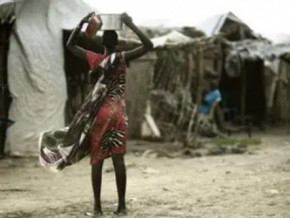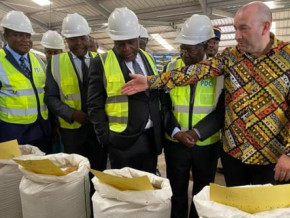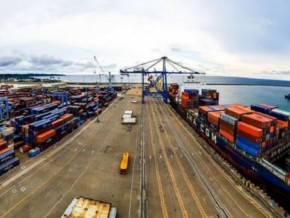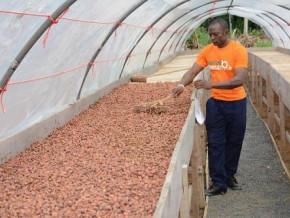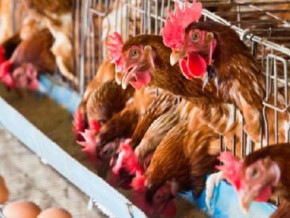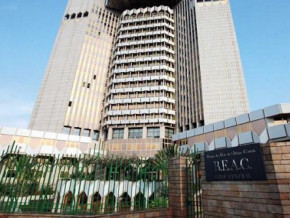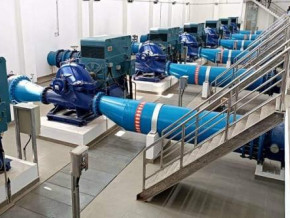
Cameroon cuts cocoa production forecasts for 2020 from 600,000 to 285,000 tons
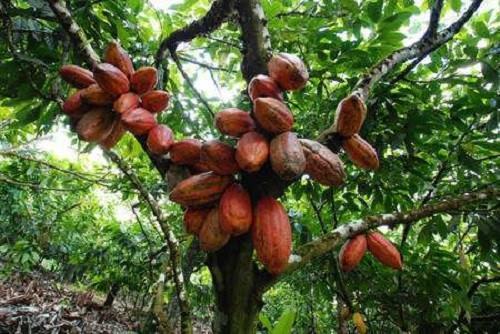
(Business in Cameroon) - Whilst Cameroon aimed for 600,000 tons of cocoa in 2020, indicators now show targets will not be hit as envisaged in the cocoa-coffee stimulus package adopted in 2014 by the government. Production in 2020 is now forecasted to be 285,000 tons, according to Fitch Solutions.
Estimates for 2023 are 330,000 tons, a little more than half of what was forecasted for 2020. Output for 2021 is seen at 300,000 tons followed by gradual increase by 15,000 tons per annum until 2023.
As a reminder, the country is still suffering unrest in the Anglophone regions which are major bean production areas. But new plantations with improved yields are gradually entering production, thanks to the “New Generation” program, aiming to rejuvenate trees and create new plantations, launched in 2012 by the cocoa-coffee inter profession.
The program already created 1,533 hectares of cocoa across the country, plan initiators said. A scheme emerged when a recent study found the average age of producers exceeded 60 years in some production areas. Under the program, young people interested in the field received a 3-year training at the end of which trainees who undertake to create at least 3 hectares of cocoa farm receive support (except land and workforce) and adequate follow-up, to become agricultural entrepreneurs, specialized in cocoa production. Support is provided by the cocoa-coffee inter profession.
However, this program alone is not enough to give the sector a new strong breathe. Already considered doomed to failure by some experts, the plan was not implemented effectively mainly because of the difficulties in mobilizing the required investment of XAF600 billion.
Even the increase by nearly 300% in the beans export tax at the beginning of the 2014-2015 cocoa season, with a view to financing the stimulus package did not make it possible to mobilize the expected monies.
During the 2017-2018 cocoa season the Cameroonian government granted a 50% reduction on this levy, so that exporters could buy the beans from local producers at attractive prices. The measure was to help local growers withstand falling world prices.
Brice R. Mbodiam
Mags frontpage
- Most read 7 days
- shared 1 month
- read 1 month




